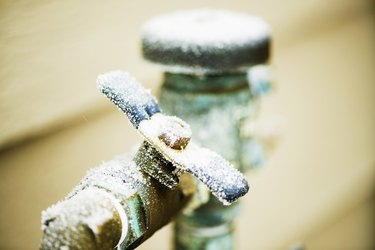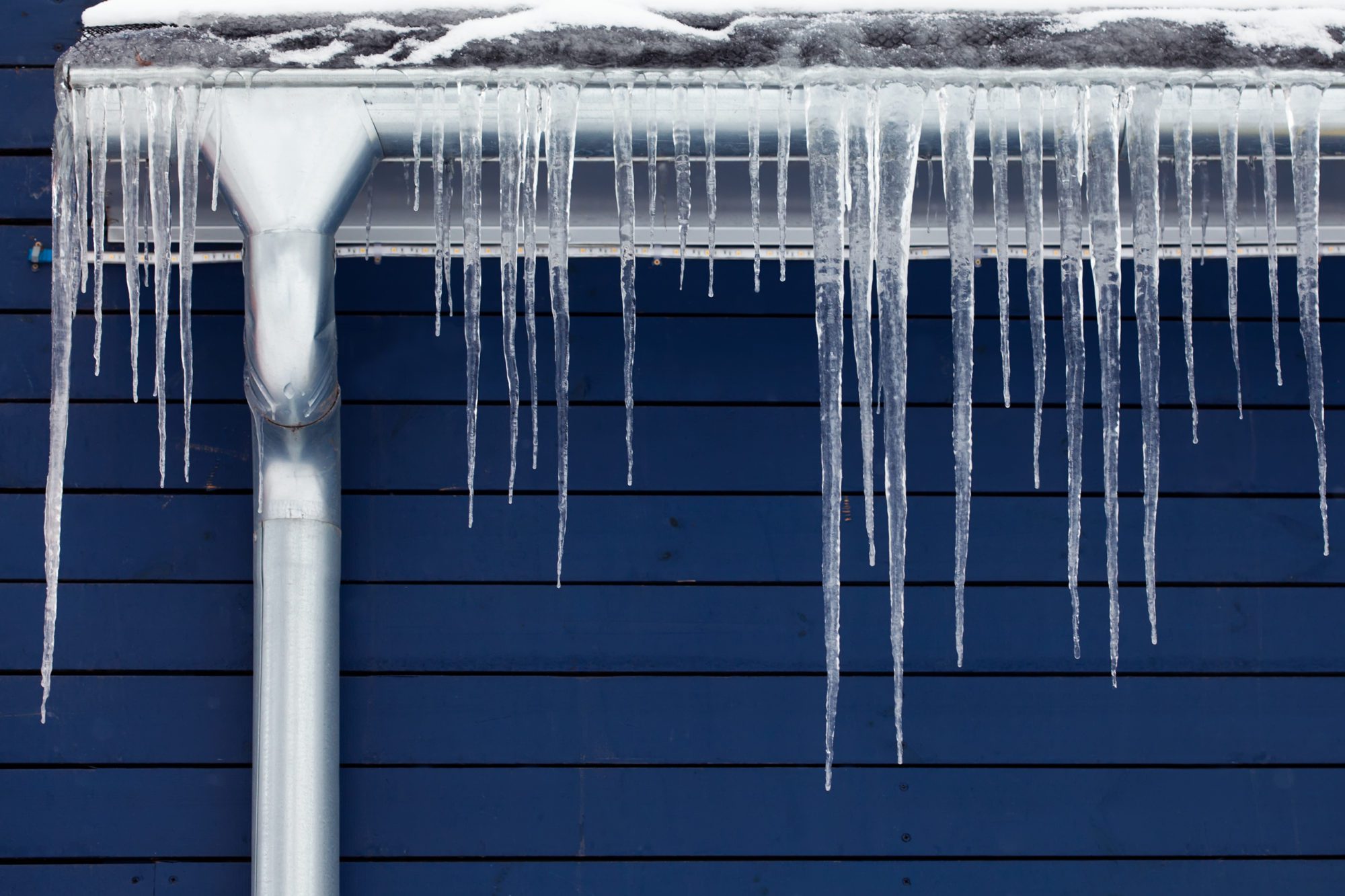Tips to Safeguard Your Pipes from Freezing: Specialist Tips
Tips to Safeguard Your Pipes from Freezing: Specialist Tips
Blog Article
Do you find yourself in search of insight about Winter Plumbing Precautions: Preventing Frozen Pipes?

Cold weather can damage your plumbing, particularly by freezing pipelines. Right here's how to stop it from occurring and what to do if it does.
Introduction
As temperature levels decrease, the danger of icy pipes rises, possibly causing costly repairs and water damage. Comprehending exactly how to avoid icy pipes is critical for property owners in cool climates.
Comprehending Icy Pipelines
What creates pipes to freeze?
Pipes ice up when revealed to temperature levels listed below 32 ° F (0 ° C) for expanded periods. As water inside the pipes freezes, it expands, taxing the pipe walls and possibly creating them to burst.
Dangers and damages
Frozen pipes can cause water disturbances, home damage, and expensive fixings. Burst pipes can flooding homes and trigger substantial structural damages.
Indications of Frozen Pipes
Recognizing frozen pipelines early can avoid them from breaking.
How to recognize frozen pipelines
Look for reduced water circulation from faucets, uncommon smells or noises from pipes, and noticeable frost on revealed pipes.
Prevention Tips
Shielding vulnerable pipes
Wrap pipelines in insulation sleeves or utilize warmth tape to protect them from freezing temperatures. Focus on pipes in unheated or outside areas of the home.
Heating techniques
Keep interior spaces effectively heated up, specifically locations with pipes. Open cabinet doors to allow cozy air to flow around pipelines under sinks.
Securing Exterior Pipes
Garden hoses and exterior faucets
Separate and drain pipes yard tubes before winter months. Set up frost-proof faucets or cover outdoor taps with protected caps.
What to Do If Your Pipelines Freeze
Immediate actions to take
If you suspect frozen pipelines, keep faucets open to soothe pressure as the ice melts. Make use of a hairdryer or towels soaked in hot water to thaw pipelines slowly.
Long-Term Solutions
Structural modifications
Take into consideration rerouting pipes away from outside wall surfaces or unheated locations. Include added insulation to attics, basements, and crawl spaces.
Upgrading insulation
Invest in premium insulation for pipes, attic rooms, and wall surfaces. Appropriate insulation assists preserve constant temperatures and decreases the risk of frozen pipelines.
Final thought
Protecting against icy pipelines needs positive measures and fast actions. By understanding the reasons, indications, and preventive measures, house owners can secure their plumbing throughout cold weather.
5 Ways to Prevent Frozen Pipes
Drain Outdoor Faucets and Disconnect Hoses
First, close the shut-off valve that controls the flow of water in the pipe to your outdoor faucet. Then, head outside to disconnect and drain your hose and open the outdoor faucet to allow the water to completely drain out of the line. Turn off the faucet when done. Finally, head back to the shut-off valve and drain the remaining water inside the pipe into a bucket or container. Additionally, if you have a home irrigation system, you should consider hiring an expert to clear the system of water each year.
Insulate Pipes
One of the best and most cost-effective methods for preventing frozen water pipes is to wrap your pipes with insulation. This is especially important for areas in your home that aren’t exposed to heat, such as an attic. We suggest using foam sleeves, which can typically be found at your local hardware store.
Keep Heat Running at 65
Your pipes are located inside your walls, and the temperature there is much colder than the rest of the house. To prevent your pipes from freezing, The Insurance Information Institute suggests that you keep your home heated to at least 65 degrees, even when traveling. You may want to invest in smart devices that can keep an eye on the temperature in your home while you’re away.
Leave Water Dripping
Moving water — even a small trickle — can prevent ice from forming inside your pipes. When freezing temps are imminent, start a drip of water from all faucets that serve exposed pipes. Leaving a few faucets running will also help relieve pressure inside the pipes and help prevent a rupture if the water inside freezes.
Open Cupboard Doors
Warm your kitchen and bathroom pipes by opening cupboards and vanities. You should also leave your interior doors ajar to help warm air circulate evenly throughout your home.

As an avid reader on 6 Ways to Prevent Frozen Pipes, I thought sharing that article was a good thing. If you please take the opportunity to distribute this blog if you enjoyed it. Thanks a bunch for your time. Don't hesitate to check up our website back soon.
Call Today Report this page